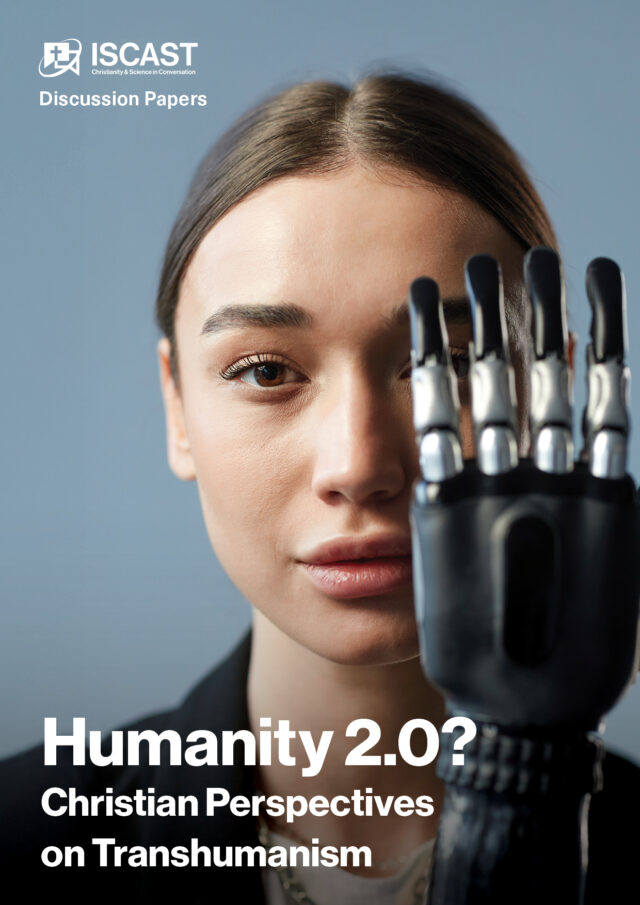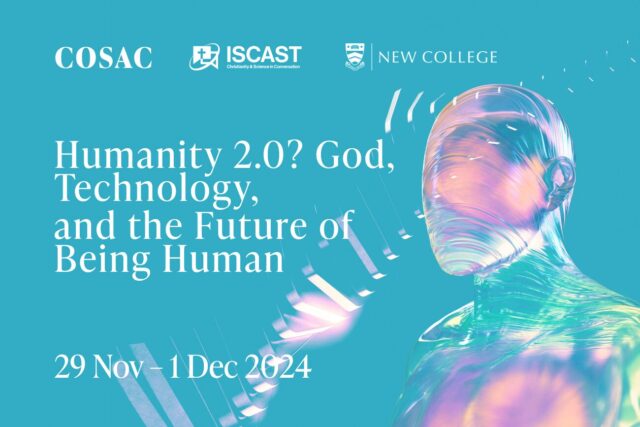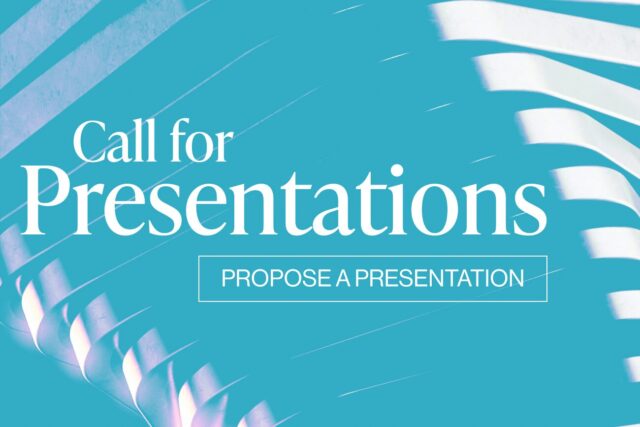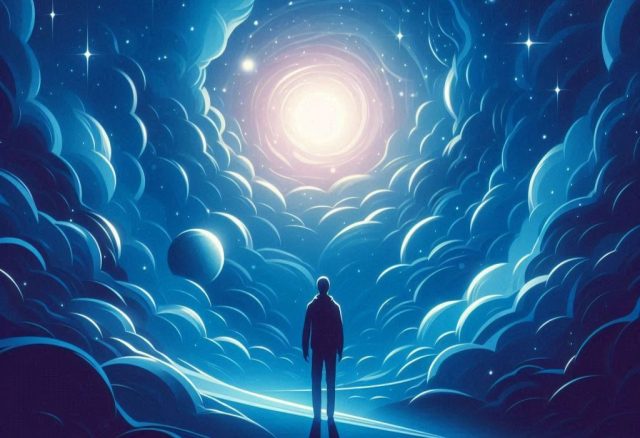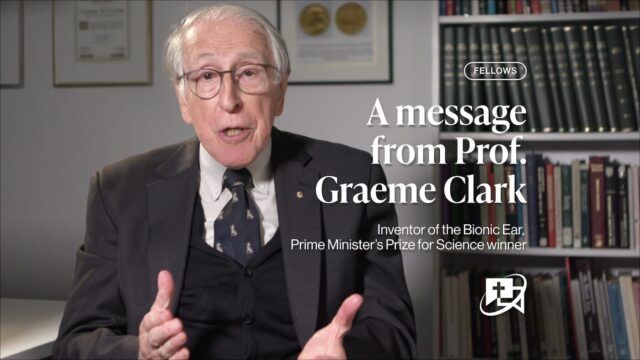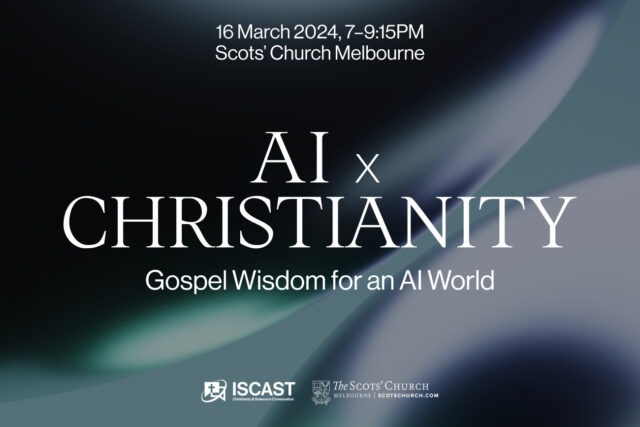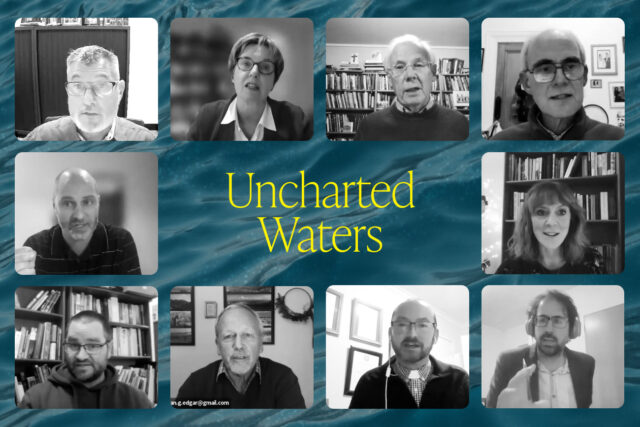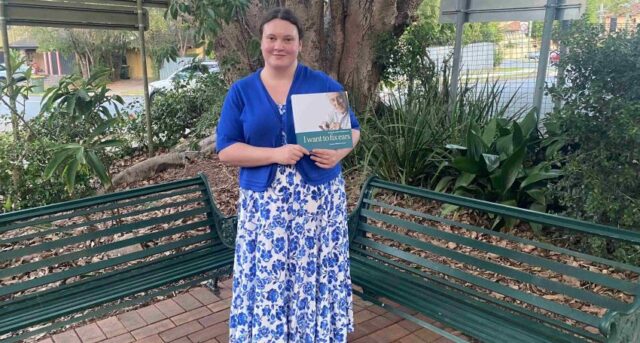
This is one paper arising from the Wicked Problems Symposium in Victoria in 2018. Click here to return to the summary report and links to the other papers.
The Antropocene as a wicked problem? Mick Pope describes the nature and history of “the anthropocene” and reflects on our understanding of sin and wisdom.
Defining the Anthropocene
Human influence on the earth has been so profound, a new geological epoch has been suggested; the Anthropocene.[1] The emerging geological consensus is that the Anthropocene began in 1945, and is associated with a spike in carbon 14 due to nuclear testing.[2] This period is known as the “Great Acceleration” and is characterised by an acceleration in socio-economic trends such as gross domestic product, foreign investment, population growth, energy use, and fertilizer consumption. The Great Acceleration is also accompanied by earth system trends, including a rapid increase in greenhouse gas emissions with a concomitant increase in surface air temperatures, the disruption of important biogeochemical cycles, and the wholesale conversion of the terrestrial biosphere into agricultural land. The state of the earth system can be quantified by nine planetary boundaries, the disruption of which threatens our own existence.[3] The Anthropocene is therefore a wicked problem in that human flourishing is shifting the earth system away from the very conditions which gave rise to this flourishing.
The Anthropocene represents a confrontation of agencies. Dipesh Chakrabarty describes geological history as “a narrative of many dispersed and networked actors, none acting with the sense of internal autonomy with which humanist historians suffuse the word ‘agency.’”[4] Into this Ewa Bińczyk defines human hyperagency as our ability as a species to change the climate, while still being “enmeshed in the process of planetary metabolism.”[5] This metabolism is turning against us, as the nurturing “mother Earth” becomes the “uncontrollable Other.”[6] This talk focusses on why things have gone wrong with human agency, with a fresh look at Genesis 3.
The emergent Anthropocene
The Anthropocene does not appear ex nihilo from history.[7] Simon Lewis and Mark Maslin have shown that the modern Anthropocene was preceded by a series of events of escalating scale and impact on the planet. The first was the Pleistocene extinctions of megafauna as humans migrated out of Africa. The second was the origins and intensification of farming, with its associated land clearing and greenhouse gas emissions. The third was the European invasion of the Americas, with an associated dip in carbon dioxide concentrations, due to up to 50 million deaths and a collapse of agriculture. The last event was the beginning of the Industrial Revolution, with its intensification of fossil fuel burning, in 1760.[8]
One way of understanding the evolution of the Anthropocene is through the lens of emergence. Stuart Kauffman understands emergence as both epistemological and ontological.[9] An example of emergence in the biosphere is the evolution of the lung from the swim bladders of early fish, an organ that controls buoyancy. This evolutionary preadaptation gives rise to an entirely new function, due to Darwinian selection the environment. Kauffman claims that there is “no finitely statable procedure which would allow us to enumerate all possible selective environments.”[10] What is more, the evolution of the lung permits a diversity of life far richer than a biosphere without it. Kauffman further claims that the biosphere is ontologically emergent, in that evolution is partly lawless. A law may be defined as a “short, or compressed, description, available beforehand, of the regularities of the phenomenon it covers.” If the list of initial states cannot be fully stated, then while evolution does not break the law of physics, it cannot be fully described by them.
Kauffman also applies emergence to the evolution of ethics. Our moral reasoning evolves with our civilizations, and he calls for us to understand this evolution wisely.[11] Law for Kauffman is the “refined expression of moral reasoning” and “an emergent living body.” In 1649, King Charles I was tried for treason, at a time when the king was understood to be above common law. However, during the trial, Charles was forced out of frustration to pick up the silver tip of his cane which he had been using to strike the barrister who was reading the charges against him. His act of bending over to pick up the cane tip was interpreted by the members of parliament as a symbolic act of bowing before its authority, and the whole course of English history changed.
This idea of the emergence of unintended consequences can be applied to the Anthropocene. Maslin and Lewis describe farming as the first energy revolution. The energy demands for a subsistence farming life were greater than that of a hunter-gather life style by more than a factor of six, while it is estimate that energy extraction from the biosphere increased from less than 0.01% to about 3%.[12] While energy extraction increased, the initial transition to agriculture came at a cost. This transition meant more work, less nutritional value from a less varied diet, shorter body size, and a greater disease burden from diseases crossing from domesticated animals to humans. Yet agriculture has been widely adopted, due to what Maslin and Lewis call ratchets.
The first ratchet is a change in lifestyle. A sedentary rather than hunter-gathering lifestyle life means no one is needed to carry children, and hence there is no need to space their birth out in age. This, together with food surpluses from agriculture, and greater energy yield from the biosphere permitted an increase in population. More frequent births can compensate for the higher mortality rate due to the less varied diet. The requirement to feed more people makes a group more dependent on agriculture, although more children means an expanded labour force. The second ratchet is the increasing labour required to maintain crops via soil maintenance, threshing, and storage. This means less energy available for foraging, again increasing the dependency of farming.
A further factor is the domestication of plants and animals. The emergence of greater cooperation associated with a decrease in male testosterone levels increased cooperation and helped humans become more efficient hunters. The resultant loss of megafauna during the Pleistocene led to a “broad spectrum” revolution towards smaller game, and plants that required more preparation. This meant directing people towards potential domesticates. Some animal species are unsuitable for domestication due to natural aggression, such as the zebra. Some animals panic when held in confined spaces, while others are difficult to feed due to their food sources, e.g. anteaters. Some plants don’t have the right genetic mutations to become a useful food source. For example, some wild strains of wheat had the mutation that allows grain heads to become large without dropping to the ground. Further selective breeding by humans has produced new species, which in of itself is not planet altering, although the present scale of agriculture is such that domesticated animals represent about 60% of the total biomass, compared to 36% for humans and 4% for wild animals.[13]
Lewis and Maslin also identify climate as a key factor in controlling the origins of agriculture. Modern humans appeared about 200,000 years ago, but agriculture only began 10,500 years ago with the onset of the Holocene. This is likely due to the colder, drier, and more irregular climate of the Pleistocene being less conducive to agriculture. Further, pre-Holocene CO2 levels greatly reduce plant yields compared to the present. Bill Ruddiman’s Early Anthropocene Hypothesis argues that greenhouse gas concentrations began rising due to agriculture, helping to extend the Holocene climate stability. Carbon dioxide concentrations started to increase about 7000 years ago due to the conversion of forests into agricultural land. Methane began to increase some 5000 years ago with the adoption of wet rice agriculture. The net effect has kept the atmosphere above the 240 ppm CO2 concentration threshold for glaciation and the return to an ice age.[14]This self-reinforcing climate stability was produced purely in ignorance, while humans pursued the benign goal of seeking to feed itself.
Seeking after wisdom
If the Anthropocene is an emergent phenomenon, what if anything determines the direction of its unfolding? While Christians typically read Genesis 3 through Romans 5, Jewish scholar Ziony Zevit argues that it does not present a Fall in the traditional Christian sense.[15] In the “temptation narrative,” the serpent (nahas) is one of the animals of the field (Gen 3:1a cf. 2:19), who had been shrewder (‘aruwm) than the others.[16]Those who are ‘aruwm are shrewd and calculating (e.g., Prov 12:16; 13:16; 22:3). Zevit speculates that the serpent was taking revenge on the woman for changing the man’s relationship with the animals. She was made ‘ezer instead of one of the other animals. While it is possible that the nahas is a simple serpent, John Walton argues that it represents an agent of chaos and destruction (cf. Isa 27:1 where the dragon Leviathan is a nahas).[17]
Genesis 3 is therefore best understood as sapiential literature. The presence of the nahas presents us with moral ambiguity in an otherwise good creation, and Terje Storladen places Genesis 3 alongside the wisdom texts of Qohelet (Ecclesiastes) and Job.[18] Both the nahas and YHWH God recognise that knowledge of good and evil was gained by eating the fruit (Gen 3:5, 22), which James Barr identifies as the power of rational and ethical discrimination.[19] The closest parallel is the wise woman of Tekoa and her praise of King David’s knowledge of good and evil (2 Sam 14:17). Mark Brett also observes that “desirable” (nechmad) in Genesis 3:6 is also found in Proverbs 21:20 in connection with food in the house of the wise. Likewise, gaining wisdom (haskil) is found in Proverbs 16:23 and 21:11 in a positive light.[20] Eve sought this wisdom, the prudence for the simple (Prov 1:4 ‘oramah) not the deceptive shrewdness of the serpent (Gen 3:1, ‘arum) whose obfuscation inverted YHWH God’s command.[21] Neither does she appear to be grasping for divine status or control.[22] Being patient and learning wisdom is a tree and fountain of life (Prov 3:18; 13:12–14), but Adam and Eve were impatient and grasped at wisdom too quickly.[23]
Falling upward
John Polkinghorne provides a systematic theological framework for understanding the Anthropocene in an emergent universe. For Polkinghorne, creation is not just ex nihilo but also continua. Creation is allowed by and with its creator, to make itself. This implies creation is an act of kenosis, whereby the divine makes room for the other as an actor.[24] Kenosis involve risk and cost, as creation is a process that is open to creaturely causality as well as divine causality. Death, predation, genetic mutations, etc are part of the “free process” of an evolving creation where God can’t “be held to be totally and directly responsible for all that happens.”[25]Polkinghorne understands the appearance of consciousness as a prerequisite for the struggle between the self and divine pole and the subsequent incurvatus in se or inward focussed life of sin. That is, only a self-conscious and God-conscious being has the choice between following the self or the divine will as revealed. Choosing the former means being inward looking to creaturely desires alone, hence sinning.[26]
Polkinghorne’s view of creatio continua and free process is kenotic in that in creating creatures with free agency, God empties Godself of being the only determinative will. There is a “risk” of creaturely freedom going against the divine will. Divine action and creaturely freedom can co-exist in a way in which both are true to themselves: creatures as free within their natures, and God as free and unconstrained except insofar as God’s self-limitation allows creaturely agency. In turn, it distances God from being the cause of evil without distancing God from relating to the evil in creation. While Polkinghorne understands natural evil as part of the way the universe works, he highlights the ultimate importance of resurrection, which points forward to the “transformation of this present mortal world.”[27]
Following Irenaeus, Polkinghorne observes humans are on a journey from infancy to maturity, and that creation itself is incomplete. He understands all new advances in knowledge as a fall upwards, precisely because the new enlarged powers open the possibilities of good and evil.[28] In this view, the Anthropocene is possible, but not inevitable. In the Anthropocene, free will and free process come into conflict when we choose unwise paths forward, grasping after wisdom in an untimely manner. Given also that creation is unfinished and at times chaotic, in the Anthropocene the earth will resist our efforts to interfere with it. The pushing of the planetary boundaries that have offered support for human civilisation will ultimately undermine it.
Wickedness and wicked problems
The above treatment would appear to leave no place for the traditional idea of sinfulness. We have set aside Paul’s Christological understanding of Genesis 3 in preference for a sapiential approach. Does this mean that the Anthropocene is purely the result of a lack of wisdom? In the modern period, the Anthropocene is not a tragic accident, but a deliberate choice. For example, Exxon apparently knew about climate change from their own research 40 years ago, yet they have been implicated in funding think tanks like the American Enterprise which actively obscures the science.[29]
The impacts of the Industrial Revolution have long been understood. In 1908, Svante Arrhenius notes in Worlds in the Making that a doubling of CO2 concentrations will lead to 4° C of warming.[30] He anticipated an increase in the acidity of the oceans over the course of a few centuries given the rates of fossil fuel burning in his day.[31] He also understood that an ice age was avoided by the “enormous combustion of coal by our industrial establishments.”[32]
Our awareness of our impacts on the planet go back much further, challenging what Bonneuil and Fressoz call the “they knew not what they did” narrative.[33] In 1778, Comte de Buffon recognised that it was not “the savage” but the civilised that have “always been the real plagues of nature. They ravaged the land … starved it without making it fertile, destroying without building, use everything without renewing anything.”[34]In 1661 English polymath John Evelyn observed that the coal soot was everywhere, “fatally seizing on the lungs of the inhabitants.”[35] He called on King Charles II to plant trees to offset this. In the first century, Roman Philosopher and Senator, Seneca observed the poor air quality in Rome. “No sooner had I left behind the oppressive atmosphere of the city and the reek of smoking cookers, which pour out, along with clouds of ashes, all the poisonous fumes they’ve accumulated … I noticed the change in my condition at once.” Humans have observed our impacts on the built and natural environment for centuries, and yet we continue on a destructive path.
In the drama of the Primeval History of Genesis 1-11, the Fall is found in chapter 6 where we read that (v. 11) “the earth was corrupt in the sight of God, and the earth was filled with violence.” This violence arises from the fact that “every intent of the thoughts of his heart was only evil continually” (v. 5). The Anthropocene is therefore a wicked problem, not only because it is complex, requiring humans to exercise agency wisely, but also because of our propensity to be violent. Any solution to the Anthropocene will necessarily be spiritual. As Gus Speth comments:
I used to think that top global environmental problems were biodiversity loss, ecosystem collapse, and climate change. I thought that with 30 years of good science we could address these problems, but I was wrong. The top environmental problems are selfishness, greed, and apathy, and to deal with these we need a spiritual and cultural transformation. And we scientists don’t know how to do that.
Dr Mick Pope, PhD (meteorology). Professor in environmental mission at Missional University. Member of the Centre for Research in Religion and Social Policy (RASP), and ecotheologian with Ethos: EA Centre for Christianity and society. ISCAST Fellow.
[1] Paul Crutzen, “Geology of mankind,” Nature 415 (2002): 23.
[2] Will Steffen, Wendy Broadgate, Lisa Deutsch, Owen Gaffney, and Cornelia Ludwig, “The trajectory of the Anthropocene: The Great Acceleration,” The Anthropocene Review 2 (2015): 1-18.
[3] Will Steffen, Katherine Richardson, Johan Rockström, Sarah E. Cornell, Ingo Fetzer, Elena M. Bennett, Reinette Biggs, Stephen R. Carpenter, Wim de Vries, Cynthia A. de Wit, Carl Folke, Dieter Gerten, Jens Heinke, Georgina M. Mace, Linn M. Persson, Veerabhadran Ramanathan, Belinda Reyers, and Sverker Sörlin, “Planetary Boundaries: Guiding Human Development on a Changing Planet,” Science 347 (2015): 1-17.
[4] Dipesh Chakrabarty, “Anthropocene Time,” History and Theory 57 (2018), 25.
[5] Ewa Bińczyk, “The most unique discussion of the 21st century? The debate on the Anthropocene pictured in seven points,” The Anthropocene Review 6 (2019), 7.
[6] Bińczyk, The most unique discussion, 8.
[7] Clive Hamilton, Defiant Earth (Melbourne: Allen and Unwin, 2017).
[8] Simon L. Lewis and Mark A. Maslin, “Defining the Anthropocene,” Nature 519 (2015): 171-180.
[9] Stuart Kauffman, Robert K. Logan, Robert Este, Randy Goebel, David Hobill and Ilya Shmulevich, “Propagating Organization: An Enquiry,” Biology and Philosophy 23 (2008): 27-45. Stuart Kauffman and Philip Clayton, “On emergence, agency and organization,” Biology and Philosophy 21 (2006): 501-521. Stuart Kauffman, Reinventing the sacred: A new view of science, reason and religion, (New York: Basic Books: 2008)
[10] Kauffman et al., Propagating Organization.
[11] Kauffman, Reinventing the Sacred, 259.
[12] Simon L. Lewis and Mark A. Maslin, The Human Planet: How We Created the Anthropocene (London: Pelican Books), 115-116.
[13] Lewis and Maslin, The Human Planet, 129. Olivia Rosane, “Humans and Big Ag Livestock Now Account for 96 Percent of Mammal Biomass,” EcoWatch, May 23 2018, accessed September 7 2019, https://www.ecowatch.com/biomass-humans-animals-2571413930.html.
[14] Lewis and Maslin, The Human Planet, 144.
[15] Ziony Zevit, What Really Happened in the Garden of Eden (New Haven: Yale University Press, 2013), 77–8.
[15] Theodore Hiebert, The Yahwist’s Landscape Nature and Religion in Early Israel (Oxford: Oxford University Press, 1996), xxvii.
[16] Zevit, What Really Happened, 161.
[17] John Walton, The Lost World of Adam and Eve (Downers Grove: InterVarsity Press, 2015), 133.
[18] Eric Storladen, The God of the Eden Narrative, in Enigmas and images: studies in honor of Tryggve N. D. Mettinger ed. Fredrik Lindström and Stig Norin (Winona Lake: Eisenbrauns, 2011): 3–21.
[19] Barr, The Garden of Eden, 62.
[20] Mark Brett, “Earthing the Human in Genesis 1–3,” in The Earth Story in Genesis, ed. Normal C. Habel and Shirly Wurst (Sheffield: Sheffield Academic Press, 2000), 83.
[21] Zevit, What Really Happened, 166–67.
[22] James Barr, The Garden of Eden and the Hope of Immortality (London: SCM Press Ltd, 1992), 13.
[23] Peter Enns, The Evolution of Adam: What the Bible Does and Doesn’t Say About Human Origins (Grand Rapids: Brazos, 2012), 90.
[24] John Polkinghorne, “Kenotic Creation and Divine Action,” in John Polkinghorne (ed) The Work of Love: Creation as Kenosis (Grand Rapids, MI: Wm Eerdmans Publishing Company, 2001), 94.
[25] Polkinghorne, Kenotic Creation and Divine Action, 95.
[26] John Polkinghorne, Belief in God in an Age of Science (New York: Vail-Balou Press, 1998), 88.
[27] Polkinghorne, Belief in God, 23.
[28] Polkinghorne, Belief in God, 92.
[29] Shannon Hall, “Exxon Knew about Climate Change almost 40 years ago,” Scientific American, 26 October, accessed 16 April, 2018, https://www.scientificamerican.com/article/exxon–knew–about–climate–change–almost–40–years–ago/. On denial see Jeffrey Sachs, “How the AEI Distorts the Climate Debate,” Huffpost, 2 August, 2014, updated 6 December, 2017, accessed 16 April, 2018, https://www.huffingtonpost.com/jeffrey–sachs/how–the–aei–distorts–the_b_4751680.html. On funding of AEI by big oil see, Ian Sample, “Scientists offered cash to dispute climate study,” The Guardian, 3 February, 2007, accessed 16 April, 2018, https://www.theguardian.com/environment/2007/feb/02/frontpagenews.climatechange.
[30] Svante Ahhrenius, Worlds in the making: the evolution of the universe (New York: Harper & Row, 1908), 53.
[31] Ahhrenius, Worlds in the making, 54.
[32] Ahhrenius, Worlds in the making, 61.
[33] Christophe Bonneuil, and Jean-Baptiste Fressoz, The Shock of the Anthropocene (London: Verso, 2016), 72.
[34] Lewis and Maslin, The Human Planet, 24.
[35] Lewis and Maslin, The Human Planet, 23.
